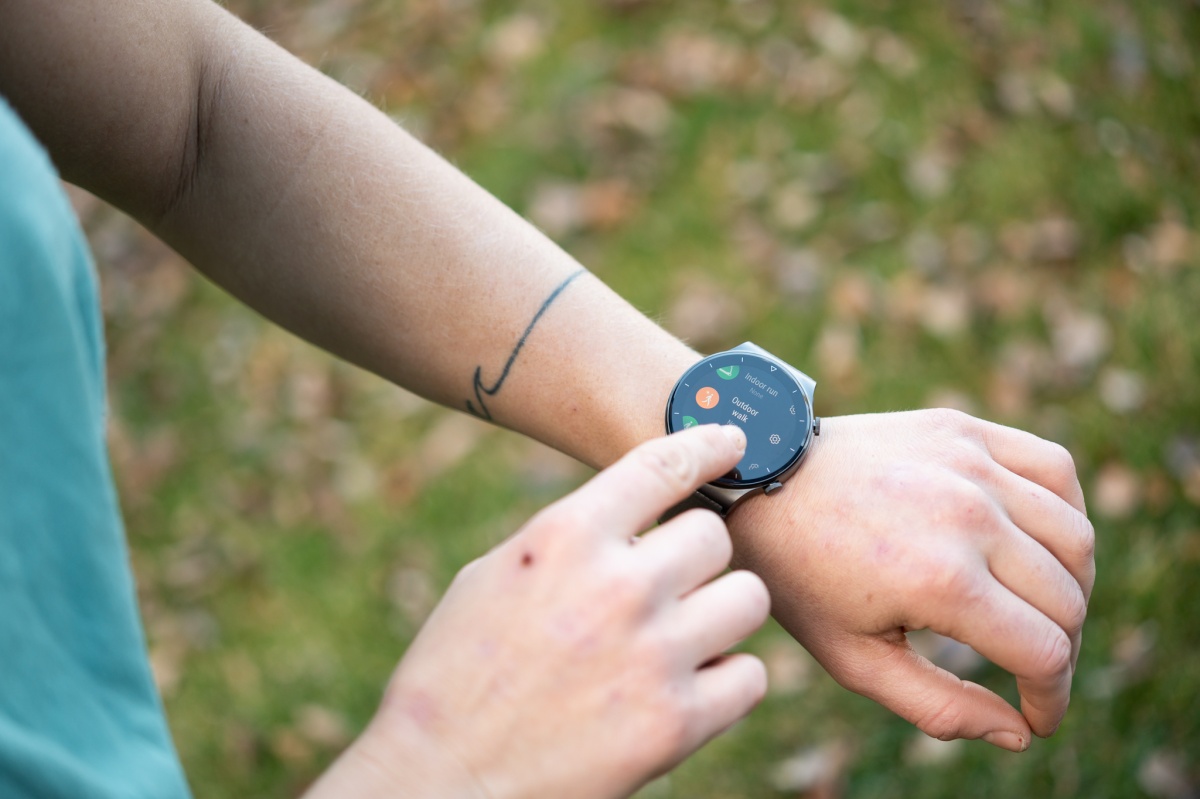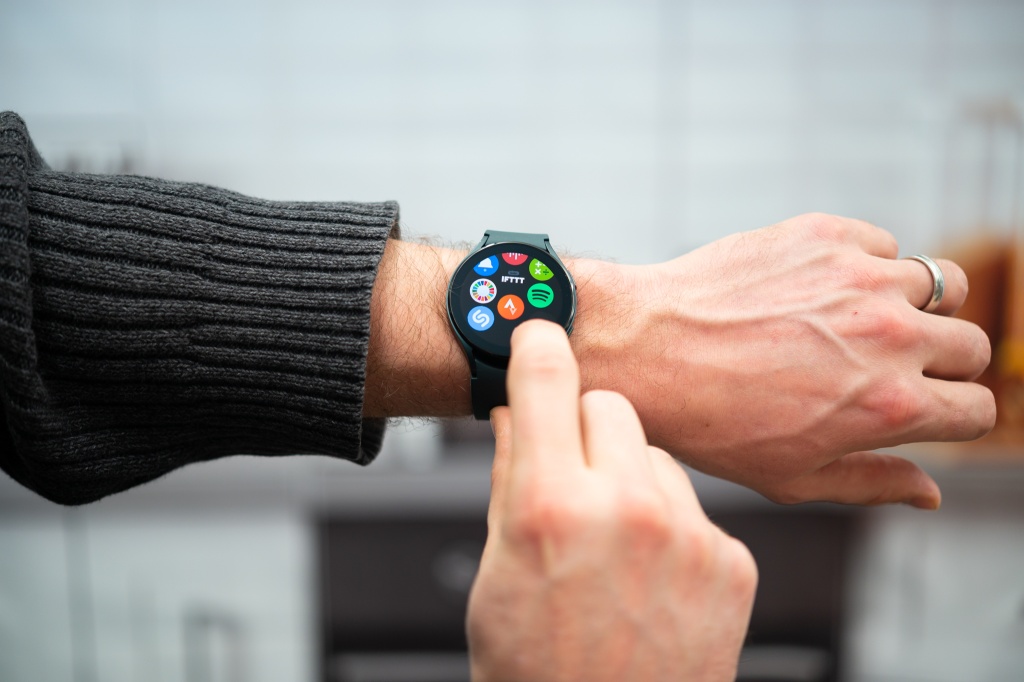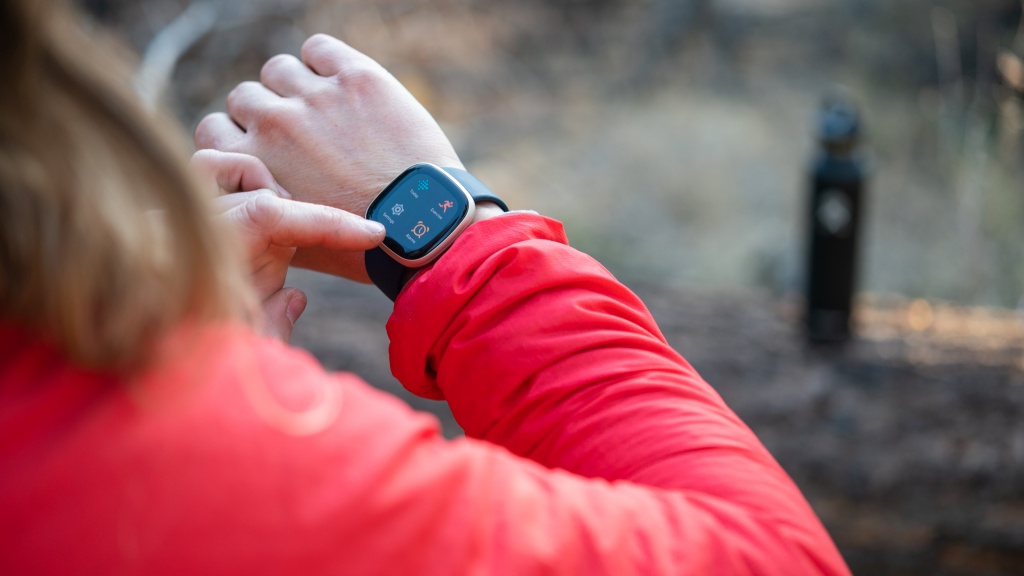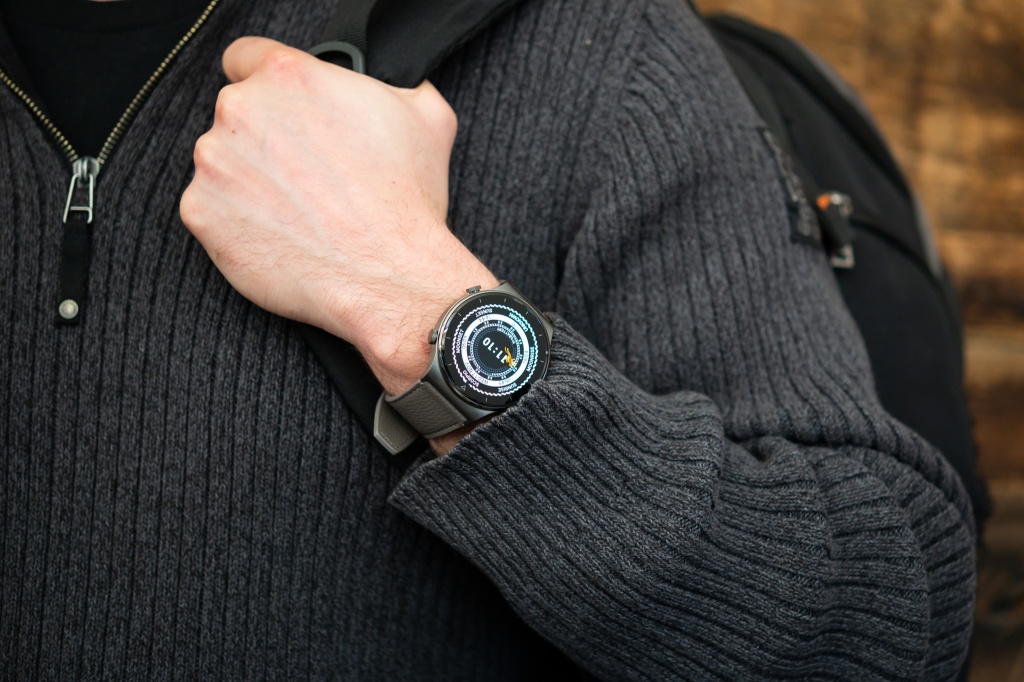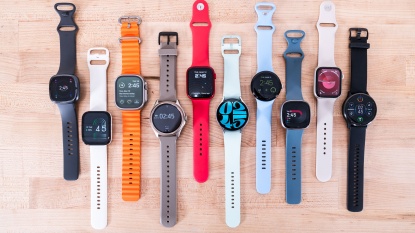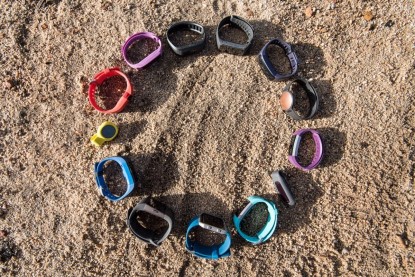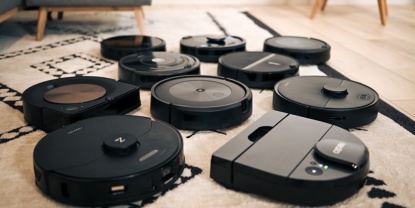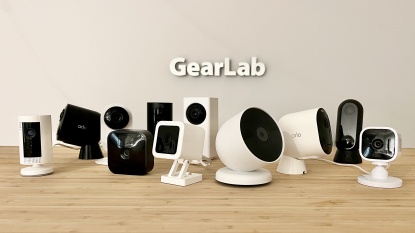The growing number of incredible smartwatches and fitness wearable options can make it challenging to filter through all of them and find the best device for you. To help, we bought the top smartwatches on the market and put them through a comprehensive side-by-side testing process. We then took that data and distilled it into buying advice, breaking down the major considerations into a guide on what to consider when you are looking for a smartwatch.
For more information on how each model in our review performed, take a look at our comprehensive smartwatch review.
Step 1: Which Wearable Is Right for You?
A great place to start is considering what you plan to use your smartwatch for. Will it be for work or play, email notifications, or heart rate monitoring during a gym session? While nearly all smartwatches have growing support for fitness tracking, many are fitness-centric and lack some of the smart features and functions that add convenience to your everyday life. If you want to manage a social media campaign on the go and intend to monitor and reply to social comments, you will quickly narrow down your choices to watches that have broad support for popular apps. If you have no intention of working once you clock out of the office and are more interested in tracking your workouts and movement, a more fitness-focused wearable would be of better value for you. Your intended use will help you narrow down the options and choose the right smartwatch for you.
Smart Features and Functions
All smartwatches make use of an operating system, just like a phone or computer, and allow you to customize the apps on the device to match your needs. Some devices include a vast array of proprietary apps, while others do a better job of supporting popular third-party apps like Uber, Messenger, Spotify, Strava, IFTTT, Evernote, Shazam, Twitterrific, and Instagram. Support for these apps and your intended use will quickly eliminate products and narrow your choices.
Cellular Capability
Wearables that focus on improving utility and convenience will handle phone calls, push notifications, and popular third-party app interactions, via the network connection on your connected phone. However, some wearables, especially top-tier offerings from Samsung and Apple, have independent cellular capabilities that let you ditch the phone but keep all the conveniences of a data connection. An independent cellular connection will need to be set up through a data carrier, adding to the cost of smartwatch ownership, as will the increased price of choosing a cellular-capable model (an upgrade from the base model which requires you to be near your phone). But this can also be an incredibly useful tool for wearable users focused on keeping a business running or staying in touch while on the go.
Fitness Tracking
Some wearables are incredible fitness trackers, but not necessarily good smartwatches when it comes to handling phone calls, running popular apps, making wireless payments, or just adding convenience to your work or personal life. Fitness-centric wearables can be a great value proposition if you don't need all the smart functions and features unrelated to fitness tracking and health monitoring. Many fitness tracking focused wearables will still have many smart features and functions, but maybe not all of them or lack the performance found on the most premium smart devices. Again, consider what your primary goals are for your new device.
Standalone GPS
Nearly all smartwatches include standalone GPS, so you can track distance, speed, and other locational and positioning data. The few that do not are either limited in fitness tracking functions or require pairing with a phone for GPS data. If you choose a fitness first, smartwatch second, type of wearable, you will want to double-check the model you are interested in has standalone GPS. Standalone GPS will allow you to ditch the cellphone on your next run or collect data during your next open water swim. Again, as already stated, onboard GPS is fairly standard now, so it's unlikely you'll have to be too concerned with it.
Step 2: Will You Be Using This With Your Phone?
If you plan to pair with a phone, consider what phone you have and which watches are the most compatible with that brand or operating system. It behooves you to choose an option that you are familiar with because it lets you maximize the features and functionality of your watch.
Operating System and Device Pairing
If you are in the market for a smartwatch and are a current Apple iPhone user, you'll maximize comfort and usability with an Apple Watch. Similarly, if you are already a Samsung Galaxy user, pairing a Samsung smartwatch will maximize smart functions and features, be much more familiar, and reduce the learning curve.
But that isn't the end of the operating system story. We have tested some great watches with Wear OS from Google that work exceptionally well when paired with phones running the Android operating system. We've also had some great experiences with watches running proprietary operating systems, so you don't have to feel compelled to look at a specific watch just because you're a Samsung or Apple user.
Some situations are unique. While the Samsung Galaxy Watch 4 may run a version of Google's Wear OS, the complete features of Samsung Health are only available when tethered to a Galaxy phone. This doesn't mean the experience or fitness tracking performance is better or worse, but some apps and features of Samsung Health may be more interesting or intuitive to you than apps and features specific to the Wear OS.
More important than matching a watch's operating system to a phone operating system is whether or not you need to be concerned with it at all. If you decided in step one that you primarily want your smartwatch for fitness tracking, then you can focus less on your phone OS and consider really great fitness tracking devices from Huawei, FitBit, and Mobvoi. They may not be as smart as other watches, but they will work well independently of a phone or work just as well with most smartphones.
Step 3: What Is Your Budget?
Apple and Samsung are top-tier device manufacturers of wearables and undoubtedly make some of the best products. And, no surprise, their premium performance comes at a premium price. You will have to decide if the high price is worth paying or if you are more interested in getting a great value.
Premium Versus Value
As previously stated, the top-tier, top-performing smartwatches can be a bit pricey. Fortunately, some great value options are nearly as good as the best wearables out there, but for a significant amount less. The tradeoff of a more value-based purchase versus a premium model is typically in smart features and performance. Many less smart but more affordable devices are exceptionally good fitness trackers — “less smart” doesn't mean bad. More affordable watches are almost as smart as the top-tier offerings, usually only coming up short on popular app selection or fully featured phone call-taking and making abilities.
The top two offerings we tested were also two of the most expensive and come from incredible manufacturers with a strong history of high quality and performance. Less expensive options may not have quite as sharp or as incredible screen quality as the top products on our list, but some came very close.
Conclusion
While the ever-increasing array of wearable devices can be overwhelming, we hope we have been able to point you in the right direction towards finding the perfect device to match both your needs and budget. For more information on the capabilities of specific models, read through our comprehensive review, where we took the top smartwatches on the market and put them through rigorous side-by-side testing.

